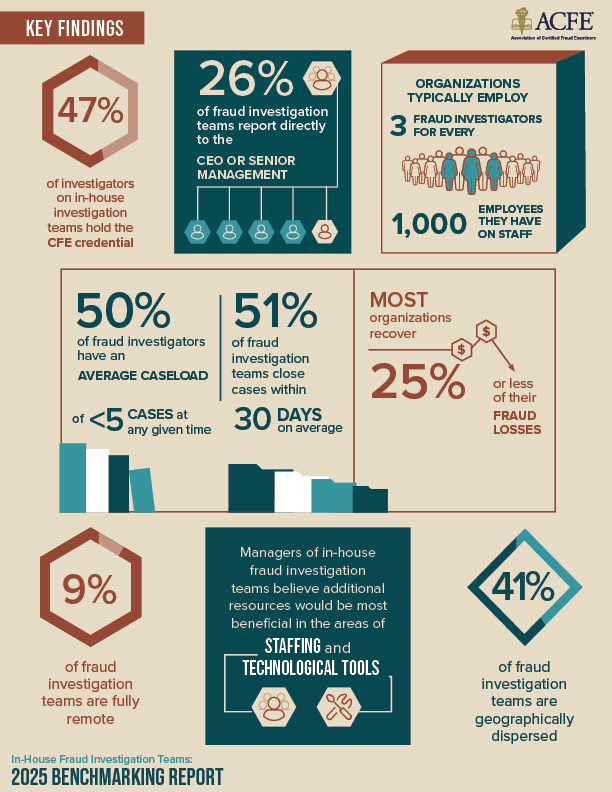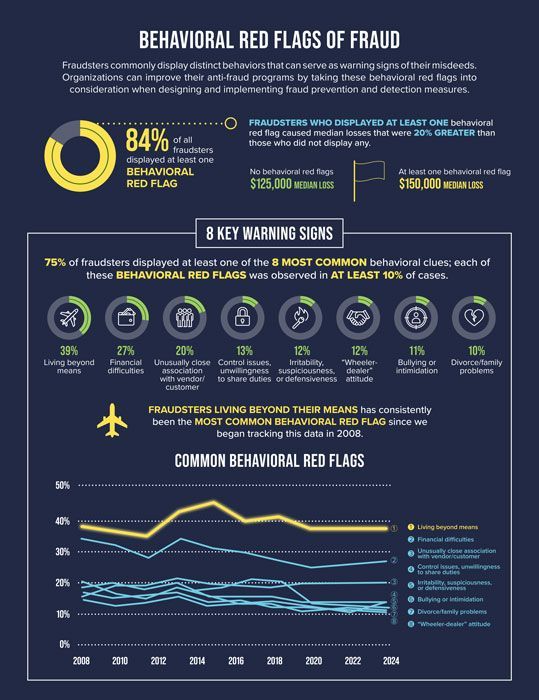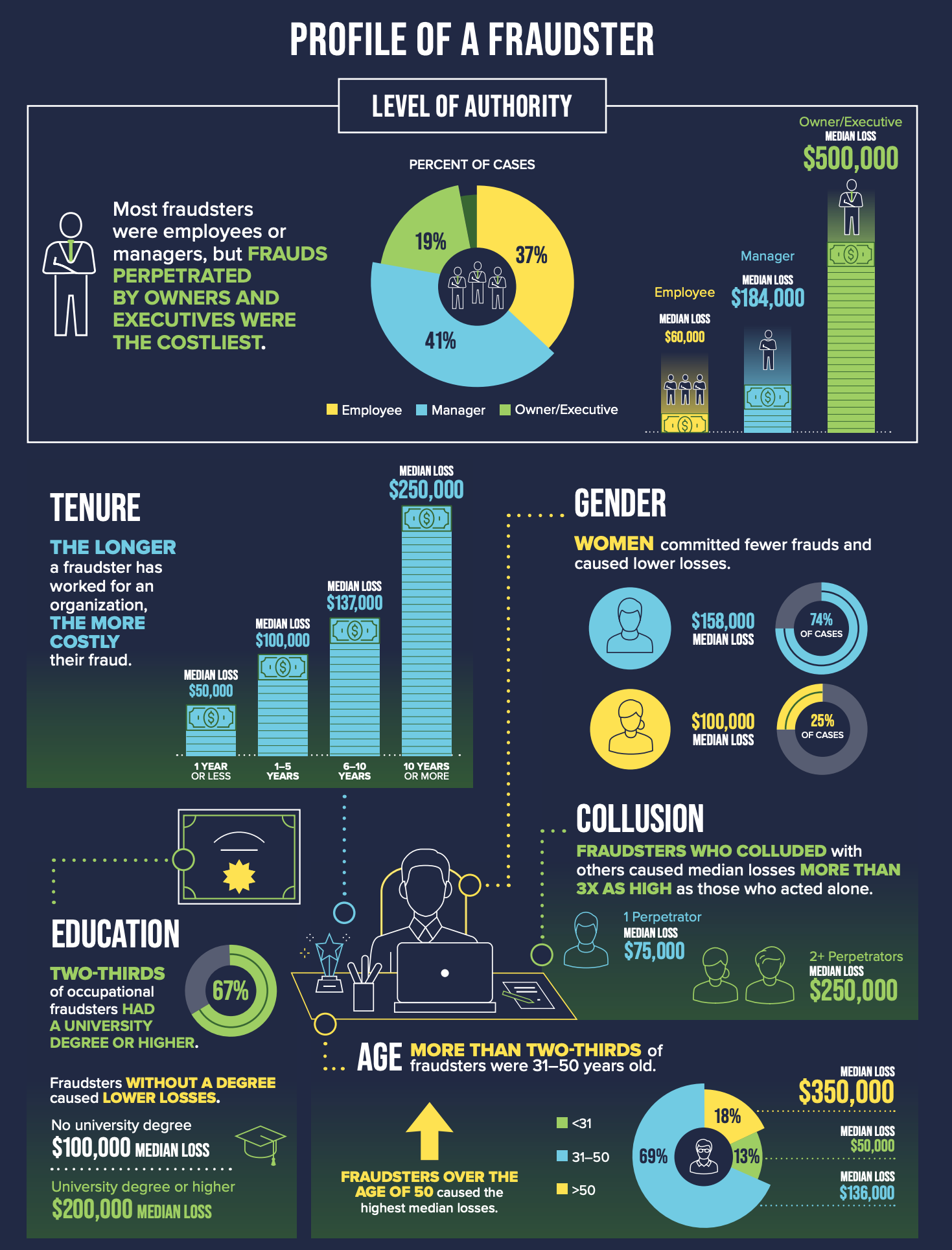The Role of Technology in Fraud Detection
Understanding Fraud in the Digital Age
Fraud, in its simplest form, refers to deceptive practices aimed at gaining an unfair advantage, often financial. While fraud has existed for centuries, the digital transformation of industries has significantly altered its scope and complexity. In the digital age, fraud has evolved from traditional scams to sophisticated schemes targeting online transactions, financial systems, and digital platforms. Cybercriminals now exploit vulnerabilities in technology to commit identity theft, phishing attacks, account takeovers, and payment fraud, among other crimes.
The prevalence of fraud in online environments is staggering. According to industry reports, global losses due to online payment fraud are expected to exceed $40 billion annually by 2027. The rise of e-commerce, mobile banking, and digital wallets has created new opportunities for fraudsters, who leverage advanced tools to bypass security measures. This growing threat has made fraud detection a critical priority for businesses, financial institutions, and governments alike.
Traditional fraud detection methods, such as manual reviews and rule-based systems, struggle to keep pace with the speed and sophistication of modern fraud schemes. These methods often rely on static rules that fail to adapt to evolving tactics. Additionally, the sheer volume of digital transactions makes manual detection impractical. As fraudsters become more innovative, organizations must turn to advanced technologies to combat these challenges effectively.
Key Technologies Revolutionizing Fraud Detection
Artificial Intelligence and Machine Learning
Artificial intelligence (AI) and machine learning (ML) are at the forefront of fraud detection technology. These algorithms excel at identifying patterns and anomalies in vast datasets, enabling real-time detection of suspicious activities. For example, AI-powered systems can analyze transaction histories to flag unusual behaviors, such as sudden changes in spending habits or multiple failed login attempts.
Predictive analytics, a subset of AI, plays a crucial role in preventing fraud before it occurs. By analyzing historical data, predictive models can forecast potential fraud risks and alert organizations to take proactive measures. For instance, banks use ML algorithms to detect fraudulent credit card transactions by comparing them against established behavioral patterns.
AI and ML also improve over time through continuous learning. As fraudsters develop new tactics, these systems adapt by incorporating new data into their models, ensuring they remain effective against emerging threats. This dynamic approach makes AI and ML indispensable tools in the fight against fraud.
Big Data Analytics
Big data analytics is another transformative technology in fraud detection. By aggregating and analyzing massive datasets from multiple sources, organizations can uncover hidden fraud trends and correlations that would otherwise go unnoticed. For example, analyzing data from social media, transaction logs, and customer profiles can reveal connections between fraudulent activities and specific user behaviors.
Data aggregation is particularly important in fraud detection, as it provides a holistic view of potential risks. For instance, combining data from different financial institutions can help identify patterns of money laundering or coordinated fraud schemes. Big data analytics also enables real-time monitoring, allowing organizations to respond to threats as they occur.
The ability to process and analyze large volumes of data quickly is a game-changer in fraud detection. It empowers businesses to make informed decisions and implement targeted security measures, reducing the likelihood of financial losses.
Blockchain Technology
Blockchain technology offers unparalleled transparency and security, making it a powerful tool in fraud prevention. By creating immutable records of transactions, blockchain ensures that data cannot be altered or tampered with. This feature is particularly valuable in combating financial fraud, as it provides a clear audit trail for every transaction.
One of the key benefits of blockchain is its ability to prevent identity theft. Decentralized identity systems built on blockchain allow users to control their personal information, reducing the risk of unauthorized access. Additionally, smart contracts—self-executing agreements stored on the blockchain—can automate fraud detection processes by enforcing predefined rules.
Real-world applications of blockchain in fraud prevention include cryptocurrency platforms, which use the technology to secure transactions and prevent double-spending. As blockchain adoption grows, its potential to revolutionize fraud detection across industries becomes increasingly evident.
The Role of Automation in Fraud Prevention
Automation is transforming fraud detection by streamlining processes and reducing human error. Automated systems can monitor transactions, flag suspicious activities, and trigger alerts without manual intervention. This efficiency is particularly important in high-volume environments, such as e-commerce platforms and financial institutions.
Automated workflows enable organizations to respond to fraud incidents quickly and effectively. For example, if a system detects a potentially fraudulent transaction, it can automatically freeze the account and notify the user. This rapid response minimizes the impact of fraud and protects both businesses and customers.
Another advantage of automation is its ability to enhance accuracy. Human error, such as overlooking critical details or misinterpreting data, can compromise fraud detection efforts. Automated systems eliminate these risks by consistently applying predefined rules and algorithms.
By integrating automation into fraud prevention strategies, organizations can improve efficiency, reduce costs, and stay ahead of evolving threats.
Biometric Authentication and Fraud Prevention
Biometric authentication technologies, such as fingerprint scanning, facial recognition, and voice analysis, are redefining security standards. These methods rely on unique physical or behavioral traits, making them highly effective in preventing identity theft and unauthorized access.
For example, smartphones equipped with facial recognition software can ensure that only the authorized user can unlock the device. Similarly, banks use fingerprint authentication to secure mobile banking apps, reducing the risk of account takeovers.
Real-world examples of biometric fraud prevention include airport security systems that use facial recognition to verify passenger identities. These technologies not only enhance security but also improve user experience by offering convenient and seamless authentication methods.
As biometric technologies continue to advance, their role in fraud prevention will become even more significant. Organizations must invest in these solutions to protect sensitive data and maintain customer trust.
The Importance of Real-Time Fraud Detection
In today’s fast-paced digital environment, real-time fraud detection is essential. Delayed responses to fraud incidents can result in significant financial losses and reputational damage. Real-time monitoring allows organizations to identify and address threats as they occur, minimizing their impact.
Technologies such as AI and the Internet of Things (IoT) enable real-time fraud detection by continuously analyzing data streams. For instance, IoT devices can monitor network traffic for signs of intrusion, while AI algorithms can flag suspicious transactions instantly.
The benefits of real-time detection extend beyond financial protection. By responding to threats promptly, organizations can maintain customer trust and comply with regulatory requirements. This proactive approach is critical in an era where fraudsters are constantly innovating.
Cybersecurity and Fraud Detection: A Symbiotic Relationship
Fraud detection and cybersecurity are deeply interconnected. While fraud detection focuses on identifying and preventing deceptive activities, cybersecurity aims to protect systems and data from unauthorized access. Together, these measures create a multi-layered defense against threats.
Technologies such as firewalls, encryption, and intrusion detection systems play a vital role in fraud prevention. For example, encryption ensures that sensitive data remains secure during transmission, while intrusion detection systems monitor networks for signs of compromise.
A comprehensive approach to security involves integrating fraud detection tools with cybersecurity measures. This synergy enhances protection and reduces vulnerabilities, ensuring that organizations can safeguard their assets effectively.
Challenges in Implementing Fraud Detection Technologies
Despite their benefits, fraud detection technologies come with challenges. High implementation costs can deter small businesses from adopting advanced solutions. Additionally, data privacy concerns arise when organizations collect and analyze large volumes of user information.
Integration issues also pose significant hurdles. Many businesses struggle to incorporate fraud detection systems into their existing infrastructure, leading to inefficiencies and gaps in security. Furthermore, the complexity of these technologies requires skilled professionals to manage and interpret their outputs.
Balancing fraud prevention with user experience is another challenge. Overly stringent security measures can frustrate customers and impact business operations. Organizations must find a middle ground that ensures protection without compromising convenience.
The Future of Fraud Detection Technology
The future of fraud detection is shaped by emerging technologies and collaborative efforts. Quantum computing, for instance, promises to revolutionize data encryption, making it virtually impossible for fraudsters to crack security codes. Advanced AI systems will continue to evolve, offering even greater accuracy and adaptability.
Collaboration between industries is also crucial. By sharing insights and resources, organizations can develop unified strategies to combat fraud. For example, financial institutions and tech companies can work together to create standardized fraud detection protocols.
Staying ahead of fraudsters requires constant innovation and vigilance. As technology advances, organizations must remain proactive in adopting new solutions to protect their assets and customers.
Best Practices for Businesses Adopting Fraud Detection Technology
To implement fraud detection systems effectively, businesses should follow best practices. Employee training and awareness are essential, as human error can compromise security measures. Regular workshops and updates ensure that staff understand the importance of fraud prevention and know how to use detection tools.
Continuous monitoring and system updates are also critical. Fraudsters constantly evolve their tactics, making it necessary for organizations to adapt their defenses. Regularly updating software and algorithms ensures that systems remain effective against emerging threats.
Finally, businesses should prioritize user experience. Security measures should be robust yet seamless, allowing customers to interact with platforms without unnecessary friction. By balancing protection and convenience, organizations can build trust and loyalty among their users.
For more information, schedule a consultation with Turning Numbers today!




